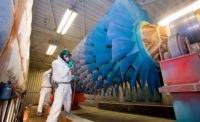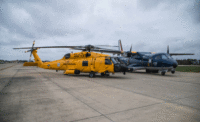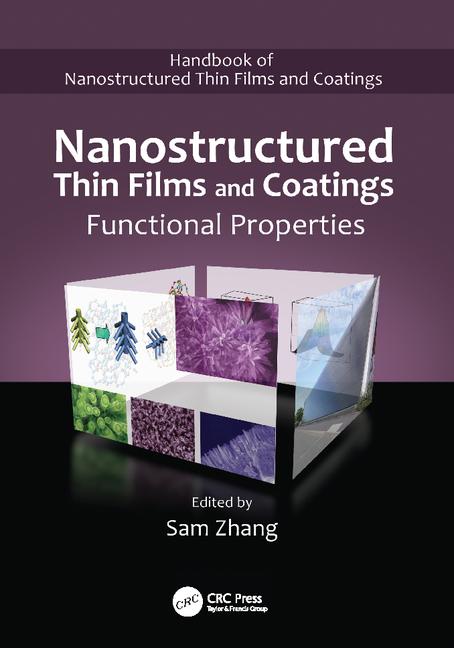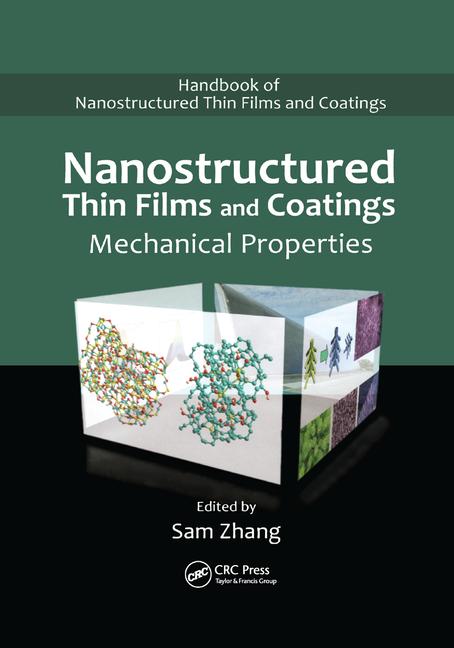Nanostructured Coatings for Aircraft Turbines

MEXICO CITY - A group of specialists from the Center for Research in Advanced Materials (Cimav) in Mexico have developed nanostructured coatings capable of withstanding temperatures exceeding 1000 °C, which are used in aviation turbine components.
Dr. Ana Maria Arizmendi Morquecho, leader of the project, explained that through the development of coatings the team is looking to solve one of the most common problems in the aviation industry, which is the microstructural degradation of superalloys that integrate turbines due to the high temperatures reached by the devices.
“The components of the blade and nozzle in the hot zone of the turbines, which are made of nickel-based superalloys, are exposed to temperatures above one thousand degrees Celsius, which cause very strong microstructural degradation of the substrates and impact on the thermal and mechanical properties of the structure by decreasing the energy efficiency of the turbines,” explained the researcher.
The project consists of the development of advanced thermal barrier-based nanocomposites that would protect the structures from the superalloys that some components of the turbine are fabricated from. For this, the group of Arizmendi Morquecho uses fly ash as a ceramic matrix incorporating various nanoparticles to create new materials developed by researchers.
“We found that taking advantage of the large amount of mullite, which is a chemically and thermally stable compound found in the fly ash, we can use this material as a ceramic matrix, which by the addition of different particles have obtained novel nanocomposites that greatly diminish the thermal conductivity and are used in developing coatings for superalloys,” said Arizmendi Morquecho.
Besides the application for the aviation industry, this technology seeks to have an impact on an environmental level with the use of a material that until now was considered polluting industrial waste, such as fly ash, which is mainly obtained from coal plants installed in northern Mexico.
According to Arizmendi Morquecho, after five years of analyzing the different materials that could be used as advanced thermal barrier systems, the team is expecting to make the final tests to validate the materials obtained at the laboratory. The team anticipates that the next step in the process will be to scale up the technology and transfer it to an interested company.
Looking for a reprint of this article?
From high-res PDFs to custom plaques, order your copy today!









